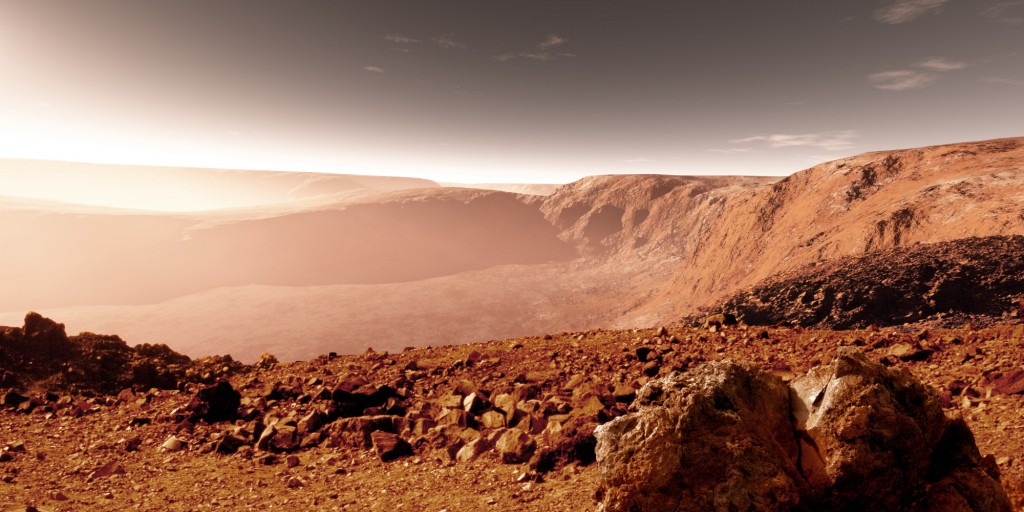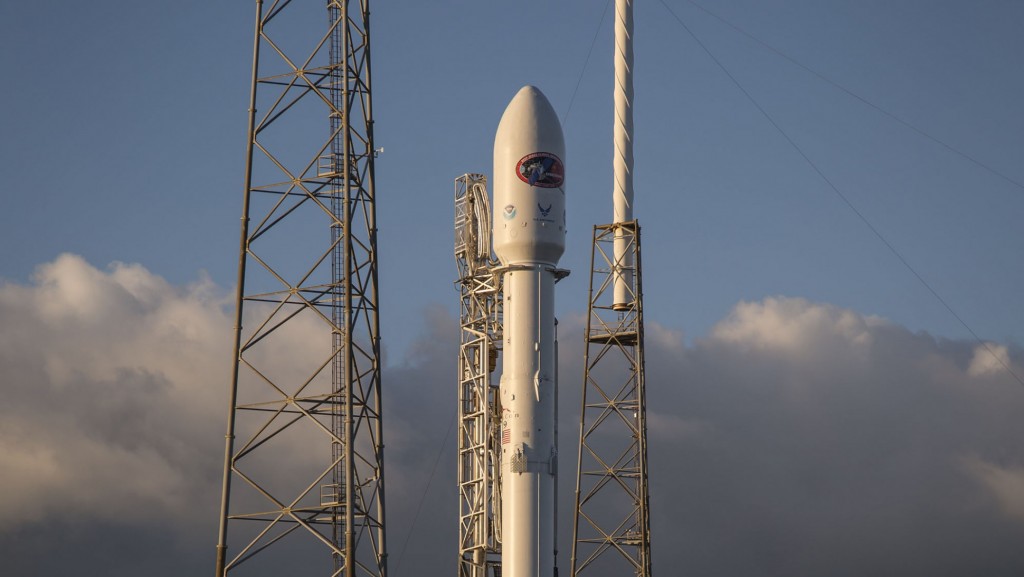NASA scientist Philip Lubin is working on a photonic propulsion system that would further close the gap between Earth and Mars. If successful, a trip to Mars will only take three days! With the existing technology, we are able to achieve only three per cent of the speed of light that takes around five months to send a spacecraft from here to Mars. With photonic propulsion, the spacecraft is expected to reach a speed of 30 per cent of light speed. Thus, the time of journey would come down to just three days. Lubin is working on the technology that can enable real life travel in speeds comparable to the speed of light.

Although it may seem far-fetched, Lubin’s idea was reinstated by NASA in a NASA 360 video post, where the scientist explains how scientists have been able to propel photons at light speed in labs with accelerators and that it can be replicated in space travel as well. The photonic propulsion system will work on the momentum of photons or light particles to push a spacecraft into outer space. The development that makes it closer to reality is that instead of using the Sun’s rays as a source of photon, Lubin’s system uses giant Earth-based laser cannons.

Despite not having any mass, photons or light particles have both energy and momentum. When they reflect off any object, their potential momentum is transferred into a kinetic force. With a large, reflective sail, it is possible to generate enough photonic momentum to accelerate a shuttle into space. Although the photonic propulsion works fine in labs, a large scale model for space travel might be hard to replicate. This is so because the entire result of this technological marvel depends on the laser cannons that have to be developed and tested.


